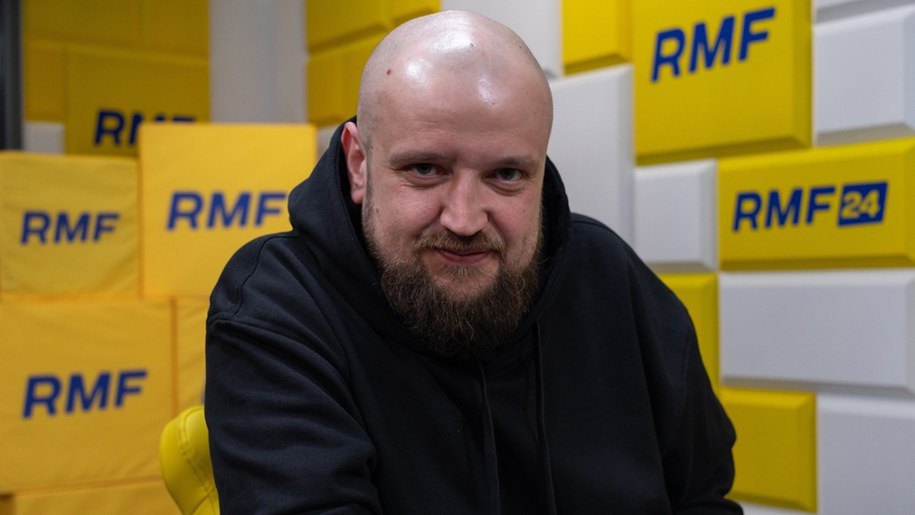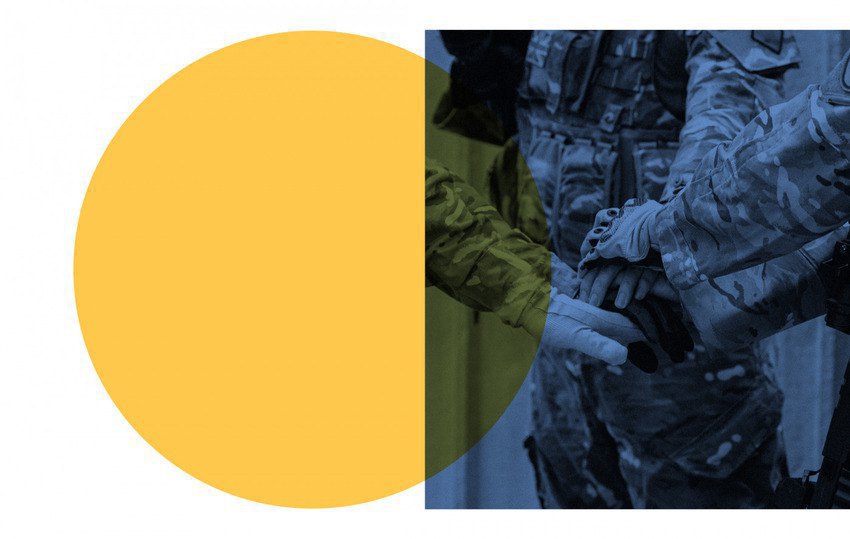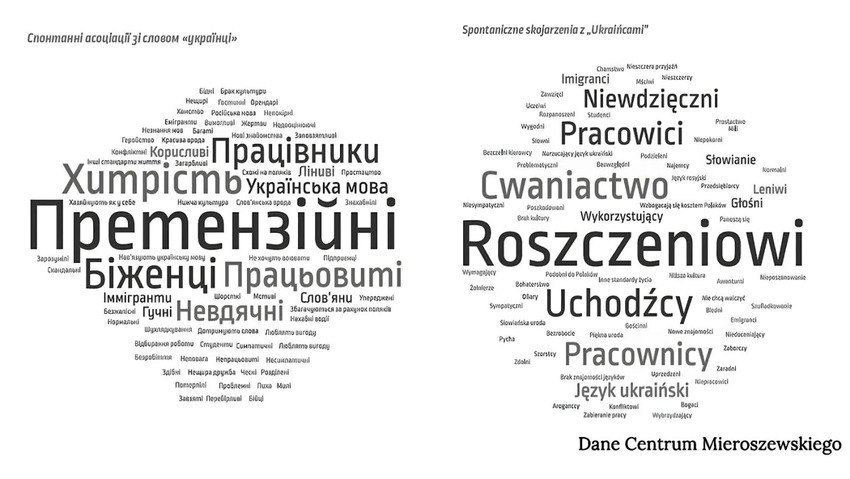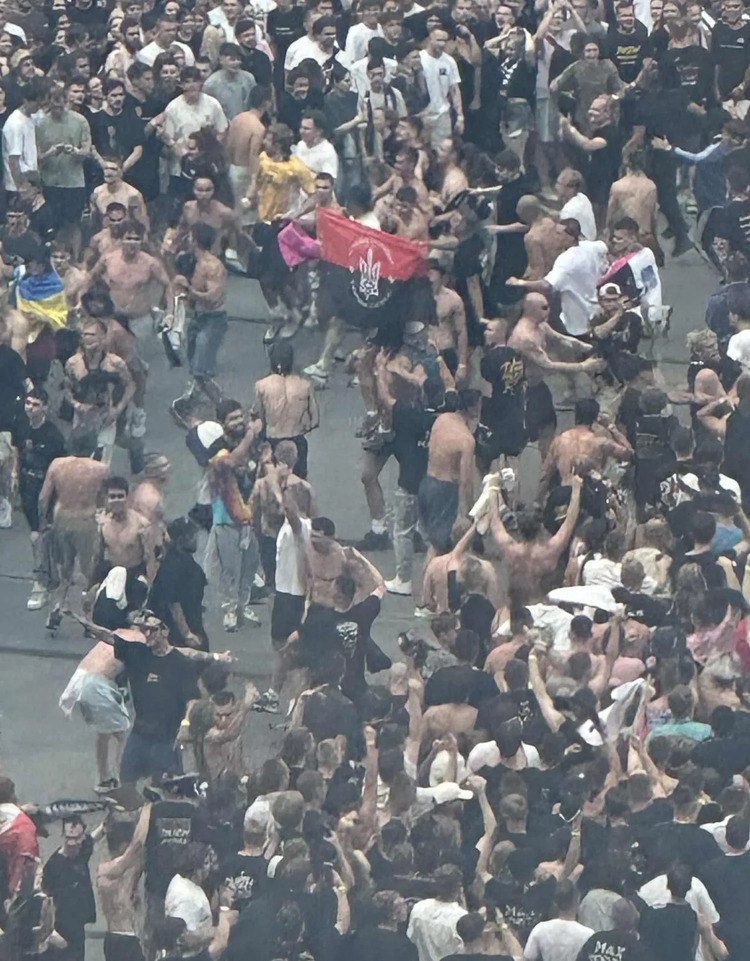
How Res Futura analytics operates
The foundation’s principal activity is the analysis of media content, social networks, comments, discussions, user reactions, topics and narratives. In particular, Res Futura publishes so-called Data House reports, which examine public moods, topics and key narratives. To achieve this, analysts employ platforms such as Sentione, a tool that collects large volumes of data from online comments and posts.
The foundation’s work focuses on several aspects:
- monitoring social networks and comments – analysing what users write and how they react on Facebook, X, under news articles, in comment sections, and elsewhere;
- quantitative indicators – including reach, number of interactions (likes, shares, comments), and the frequency of certain topics or narratives;
- sentiment analysis – assessing which emotions or attitudes dominate public reactions: negative, positive, neutral or mixed;
- recognition of dominant narratives – identifying the most frequently mentioned topics, arguments used, and sources or authors (revealing who actively spreads certain ideas);
- temporal comparisons – tracking how the intensity of discussions changes over time, and identifying which trends are gaining strength or losing prominence.
The shift in Ukraine’s image: From positive to negative
Social media can be compared to a vessel. From February to autumn 2022, this vessel was filled with positive content and encouraging stories. They reinforced the solidarity of Poles with Ukrainians resisting the Russian aggressor. Attempts were already being made to influence public opinion and to divide Poles in their attitude towards Ukraine, but these efforts proved ineffective and were even penalised.

According to Michał Fedorowicz, in the winter of 2022–2023 this vessel began to be filled with different material. The level of negativity increased, leading to a 180-degree turn. If the keyword had previously been “solidarity”, attempts were later made to distort Ukrainians’ image – portraying them as something they were not. Social media algorithms began promoting content that depicted Ukrainians as ungrateful.
The algorithm is the most significant element of the system, as it controls content distribution. Algorithms determine who sees which material and are built on several variables, one of which is engagement.
“We all know that someone may have a million followers, post something, and receive only one like. At the beginning of the war, engagement with positive content dominated. Another important factor was inclusiveness – the extent to which the audience responded to Ukrainian content. In that first stage, the situation was clear: 100–99.5% of responses were positive and empathetic, with Poles feeling personally involved in what was happening in Ukraine,” explains the analyst.
However, owing to the activities of Russian and Belarusian special services, along with Polish radical forces, the landscape has changed (Res Futura investigated the origins and distribution of such content. – Ed.). Since early 2024, Ukrainian voices in Poland have been almost silent. According to Fedorowicz, this concerns daily life and ordinary experiences more than the war itself. Out of 100 posts about Ukraine, only seven refer to the war. The remainder cover issues such as corruption in the army, expensive cars owned by Ukrainians, or a life of luxury. Russian and Belarusian narratives are highly prevalent – and these are spread not only by bots but also by real individuals. Whereas in 2022 some 99.5% of reactions were positive, the proportions have now reversed: roughly 80% are negative and only 20% are positive.

This transformation has altered public sentiment, and consequently the algorithms themselves. Algorithms do not recognise nuance – they focus on extremes. Polish radical politicians, such as Grzegorz Braun (a Member of the European Parliament who has repeatedly voiced anti-Ukrainian, anti-Semitic and anti-American radical views – Ed.), have even used European Parliament funds to support anti-Ukrainian initiatives.
Supporting Ukraine becomes unfashionable
In the run-up to elections, the issue of Ukrainians in Poland became the second or third most important item on the agenda. Strikingly, these were not Polish domestic matters but Ukrainian ones. One after another, candidates began to issue anti-Ukrainian statements.
Until the autumn of 2024, narratives circulated claiming that Ukrainians were allegedly profiting from the war and had no interest in its conclusion. Demands were voiced to restrict the “800+” payments for Ukrainians. Even politicians who had previously supported Ukraine began to echo such positions. For instance, Rafał Trzaskowski, the liberal mayor of Warsaw known for his strong pro-Ukrainian stance, publicly backed the suspension of payments to Ukrainians (a state social programme providing 800 zlotys per child – Ed.).
The volume of anti-Ukrainian content increased sharply. At the beginning of the year, the Polish segment of the internet contained 20–30 original posts of this kind per day. By spring, the figure had risen to 200. Narratives also appeared warning against Ukraine’s admission to the EU or NATO, claiming it would drag Poland into war.
For the first time since 2022, the thesis that Ukraine desires war while Russia seeks peace gained traction. Politicians realised that anti-Ukrainian posts attracted five to ten times more reactions. Consequently, those who openly supported Ukraine virtually disappeared from public discourse.
Res Futura reports that, in the context of meetings between Donald Trump and Vladimir Putin, Ukraine was frequently portrayed as the main obstacle to peace. This narrative reinforced the image of Ukraine as a barrier to ending the conflict.
As most Polish politicians concluded that supporting Ukraine was no longer advantageous or fashionable, bloggers quickly adopted the trend. In 2023, anti-Ukrainian posts rarely exceeded 1,000 views. A year later, the same authors were reaching 100,000. The formula was simple: post negative content about Ukraine and profit from large audiences.
During this period, artificial intelligence mechanisms also evolved. Previously, users were mainly shown content within their own social media bubbles. Now, algorithms prioritise what is most popular. In effect, AI has been retrained to amplify anti-Ukrainian material, as it guarantees higher engagement.
Black August, Korzh’s concert and narratives of a ‘drug-addicted president’
August 2025 marked a significant decline in sympathy for Ukraine in Poland. In analytical circles, it is already referred to as Black Ukrainian August. The turning point began with Max Korzh’s concert in Warsaw. Initially, the video received only several thousand views, but within two hours its reach had grown to several million. Following the appearance of the UPA flag, the term “deportation” was used in relation to Ukrainians for the first time.
“I have just received information that proceedings have been initiated against 63 people to leave the country. They will have to depart either voluntarily or by force,” stated Prime Minister Donald Tusk. He clarified that this group included 57 Ukrainians and six Belarusians. “The courts reacted quickly,” he added at the time.
“It appeared to be a carefully prepared psychological operation. Previously, it took months to change attitudes towards a given issue. After this concert, however, trends shifted within three to four days,” observed Res Futura chairman Michał Fedorowicz.

In August, only 10% of materials concerning Ukrainians referred to the war. The remainder focused on negative stories about their behaviour in Poland. For the first time since the full-scale invasion, references to President Zelenskyy were exclusively negative: he was depicted as corrupt, the protests over the usurpation of NABU and SAP reinforced this image, and he was further portrayed as a drug addict.
Social media algorithms began circulating only negative information about Ukraine. Positive messages became virtually invisible. In general, three dominant trends emerged in the portrayal of Ukrainians: they are not “brothers”; they do not learn Polish and instead exploit Polish welfare; and they prevent Polish children from using newly built football pitches.
The situation was aggravated by President Nawrocki’s veto of the “800+” law for Ukrainians, which had strong public backing. Ukrainian narratives all but disappeared. Instead of accounts of war and resilience, videos of parties in Odesa began to dominate the information space. One such clip, showing a loud gathering at the Ibiza club, was widely circulated on the Polish internet, presented as a stark contrast to wartime suffering. The impression created was that while some Ukrainians were fighting and dying, others were living carefree lives, driving Range Rovers and spending Polish funds.
In many cases it was unclear whether the videos had even been filmed in Ukraine. Nonetheless, it was precisely these images that came to define Ukrainians online.
Social media as a substitute for freedom
Michał Fedorowicz argues that traditional media has yielded to social media. In Poland, YouTube channels achieved greater reach than conventional outlets during the elections. Russia and Belarus are actively conducting operations, yet there are too few narratives from the Ukrainian side. According to him, Ukrainian journalists must return to the information space – showing, with emotional authenticity, what everyday life is like under shelling, sirens and in bomb shelters. Such efforts should counterbalance falsehoods such as the stories of a “Ukrainian Ibiza”.
“People around the world need to see what life in Ukraine truly looks like in order to understand what you are fighting for. Social media shapes the overall picture today. And since trust in traditional media in post-Soviet countries is low, people treat social platforms as spaces of freedom and truth. It is there that Ukraine’s image in the world is currently being shaped,” the analyst says.
Current image of Ukrainians in Poland
On the basis of Michał Fedorowicz’s remarks, it becomes clear how influential virtual realities are today. They even shape political decisions concerning the Ukrainian community in the European Union.
“It now seems that Ukrainians are cocooning themselves and not going out: they are not interested in defending themselves. This creates a vacuum where only two types of news remain: Russian attacks (to which everyone has become accustomed) and ‘lavish Ukrainian parties’.” As the analyst repeatedly stresses, Ukrainians have almost vanished from the Polish information space.
According to research by Res Futura, Poles most often mention Ukrainians on social media in connection with:
• 40% – theft and similar crimes;
• 30% – traffic accidents;
• 15% – conflicts and aggression in public places.
The foundation’s analysts also identified the most typical categories of critics:
• the “disappointed patriot” – complaining that “there are no jobs because of Ukrainians”;
• the “frustrated realist” – complaining that the government is “giving away Polish money”.
In the dark August of 2025, two key sentiments dominated the Polish segment of the internet, particularly on platforms such as Meta:
- We do not really know what is happening there;
- Ukraine is profiting from the war.
Michał Fedorowicz notes that another alarming phenomenon was observed at the same time: Russians once again circulated claims that the atrocities in Bucha had been fabricated, and that no crimes had occurred there. Similar attempts were made in 2022, but they failed to gain traction. Now, however, such content is resurfacing.
He warns that at this pace Europeans may begin to urge Russia to “restore order” in Ukraine. This is because Ukrainian narratives are almost absent from the Polish media space. Ukrainians themselves are not actively supporting war-related content, which means that artificial intelligence does not register it as important. “We need large, well-organised information campaigns – likes, shares, comments. We need content. The message ‘Ukrainians are fighting for all of Europe’ no longer works. Its time has passed, even though many Poles understand it is true,” he explains.
Res Futura also observes that the Ukrainian side has largely ceased countering disinformation. Two or three years ago, Ukrainians reacted instantly to false stories.
“I understand the fatigue. But on the other hand, we must continue this marathon so as not to surrender information territory. The Russians are advancing point by point, centimetre by centimetre. And Ukrainians, both in Poland and at home, are allowing the information flow to serve Russian interests,” Fedorowicz warns.
He further stresses that, with the current trend and the growing reach of anti-Ukrainian content, within six months it may become impossible to alter the image of Ukraine and its people.









